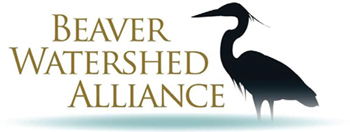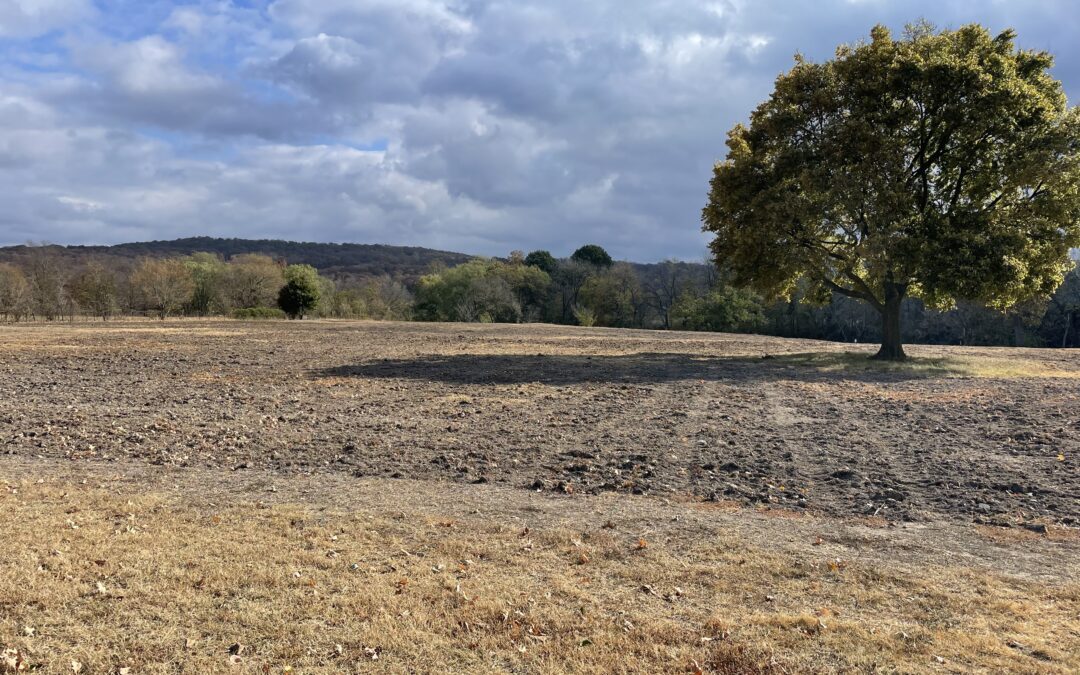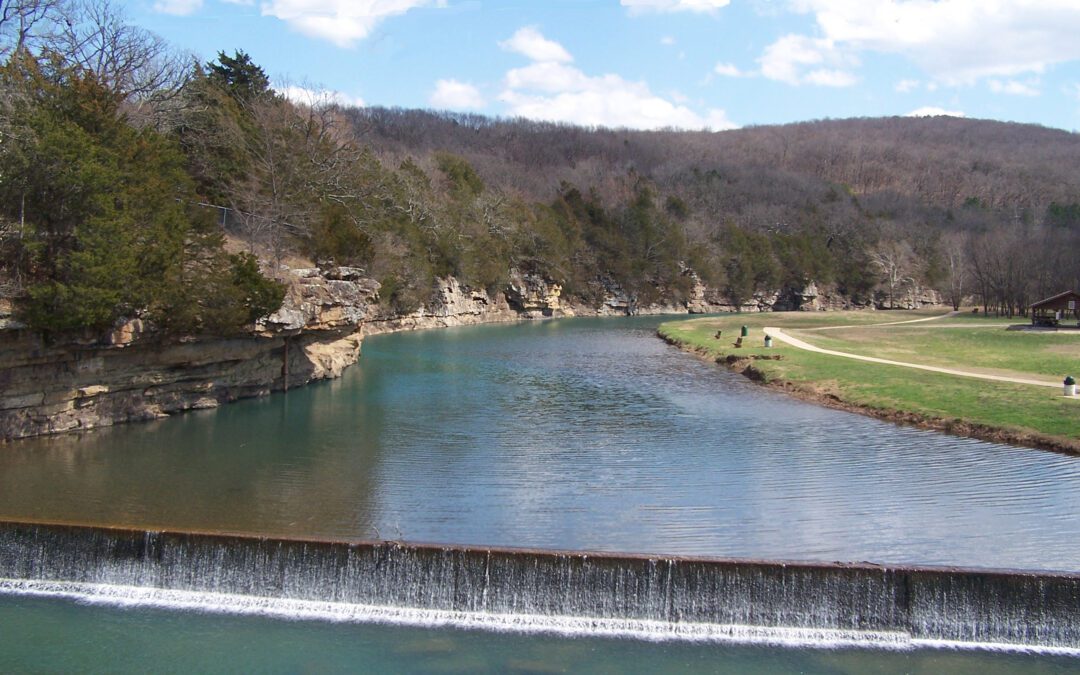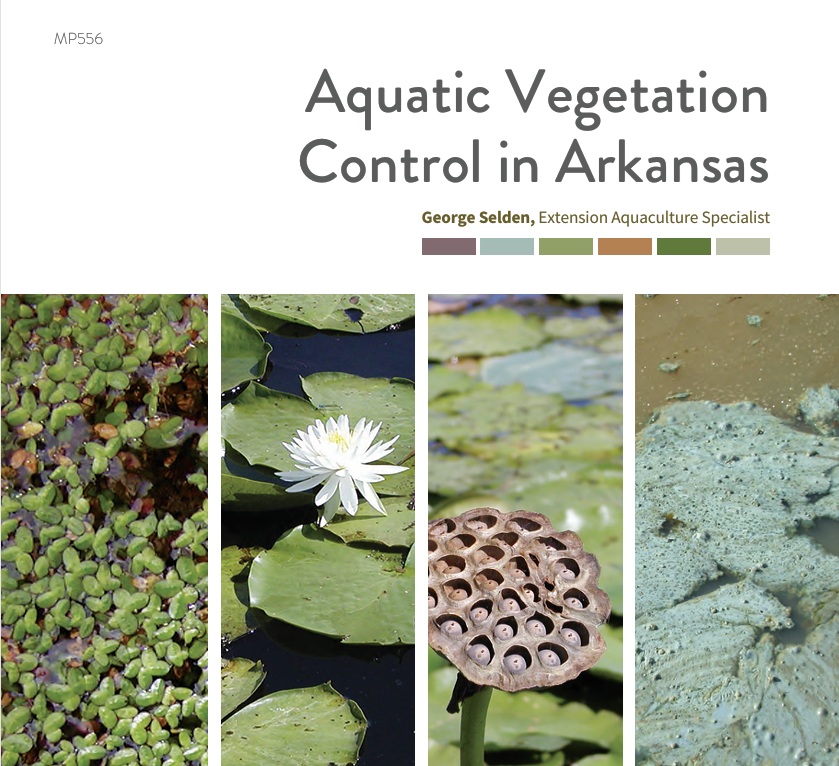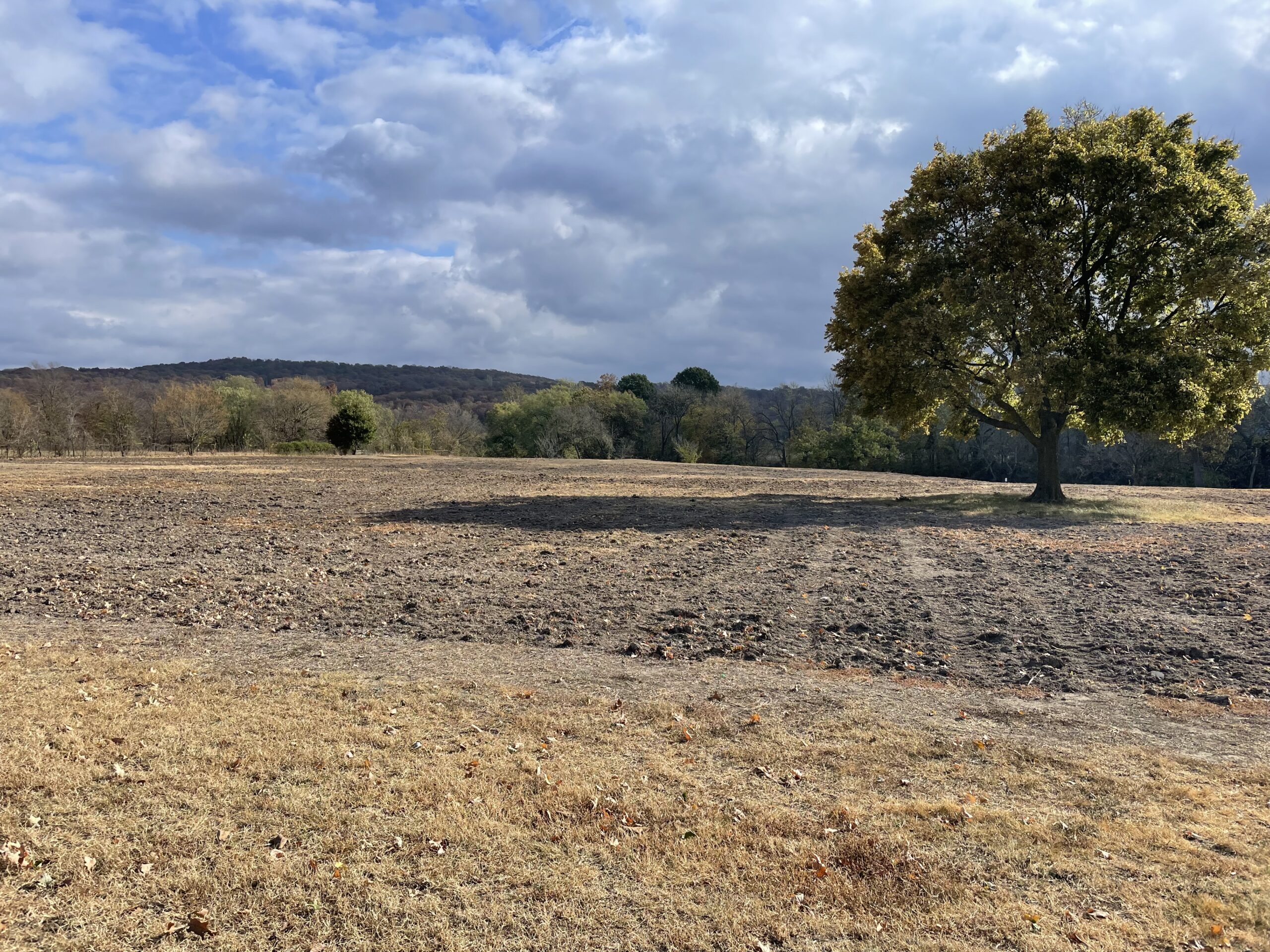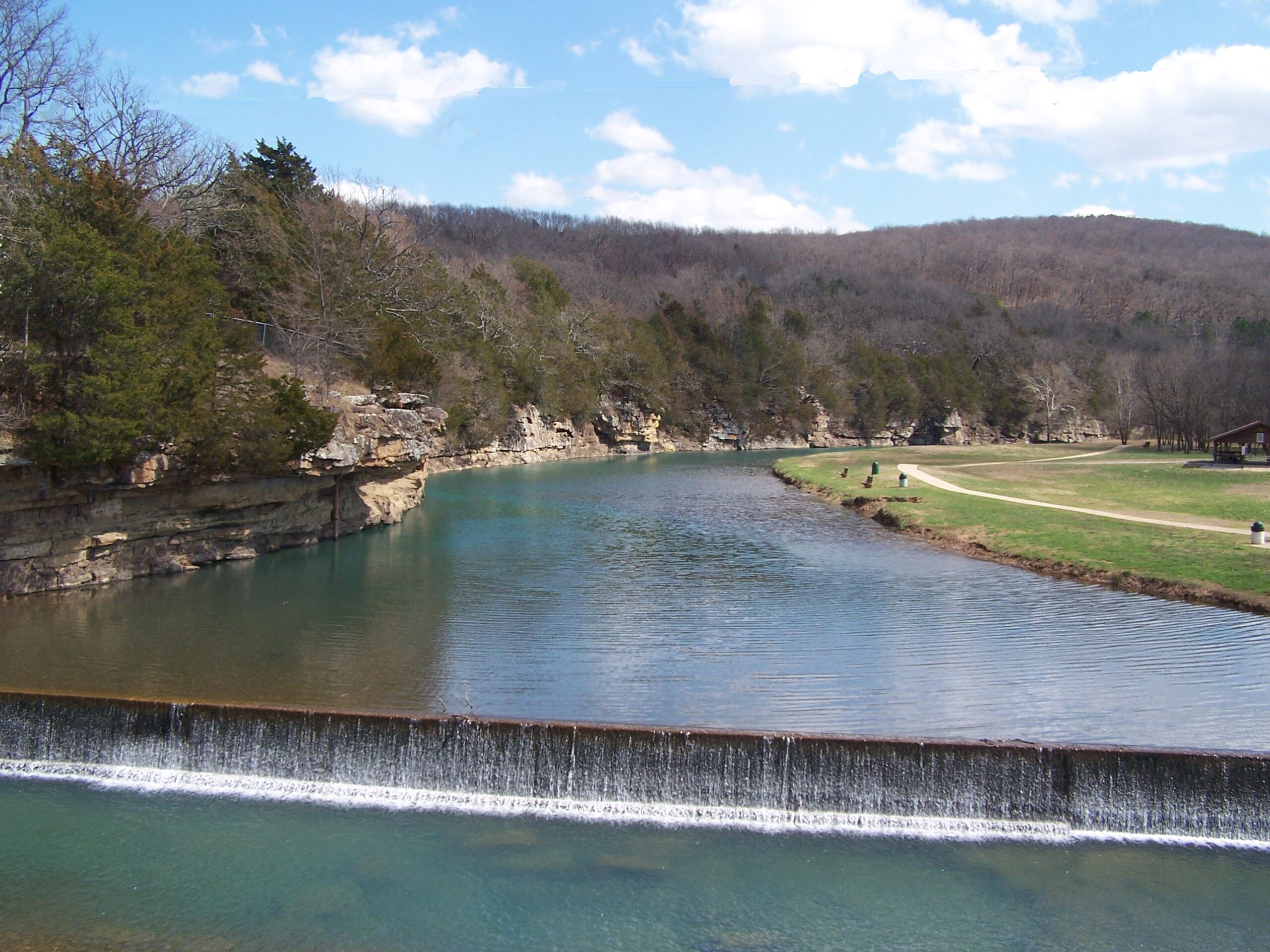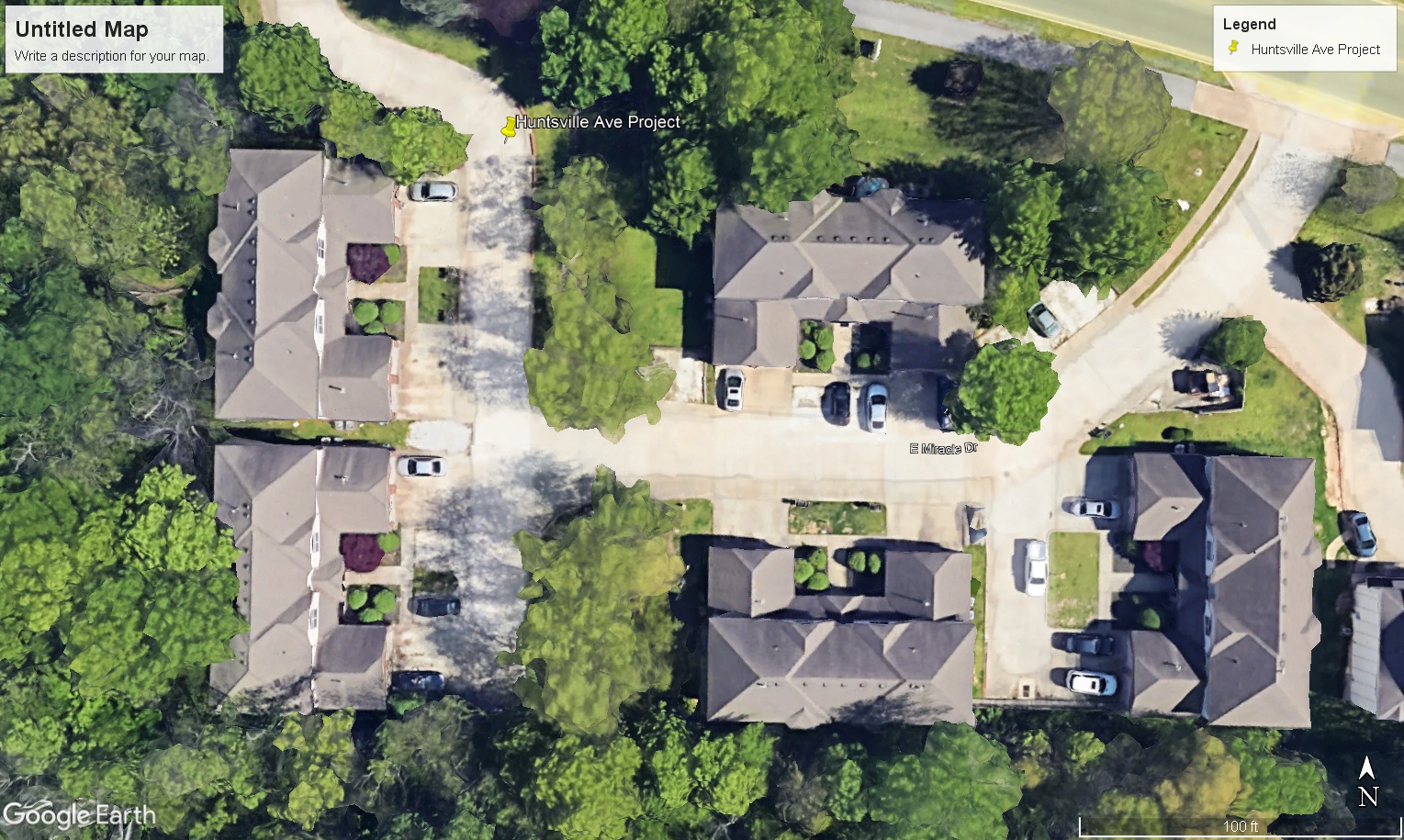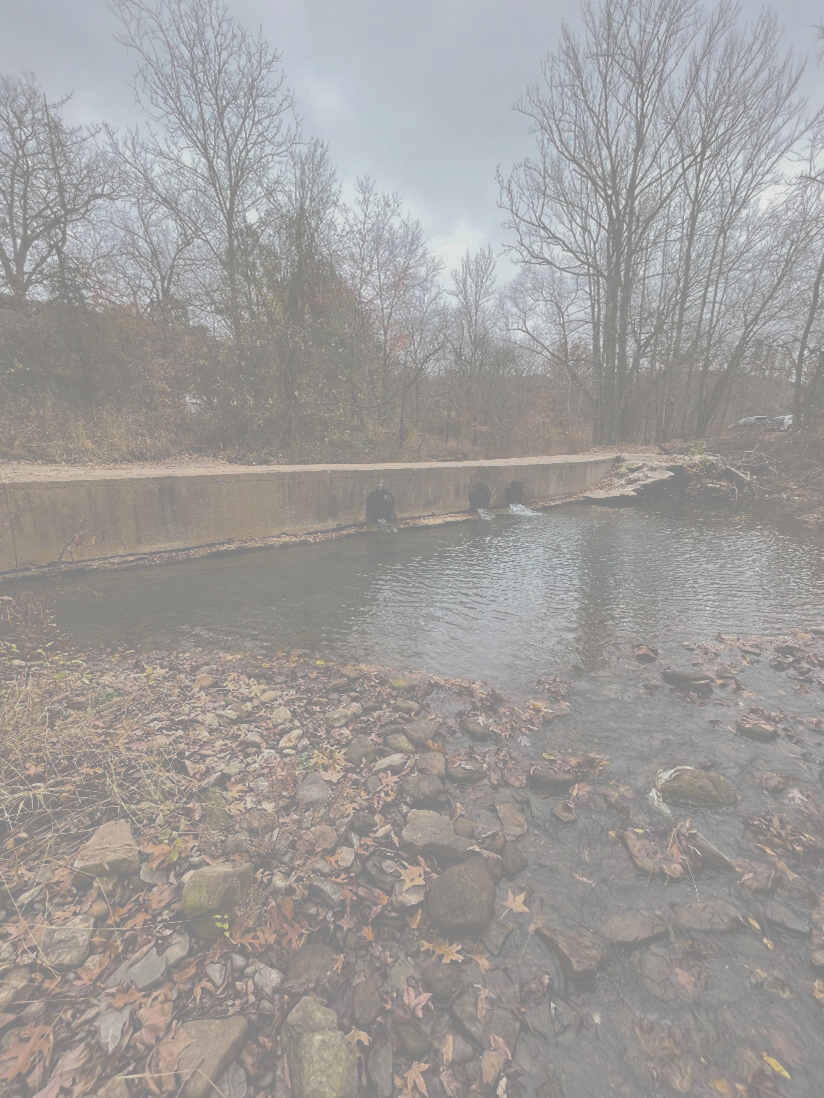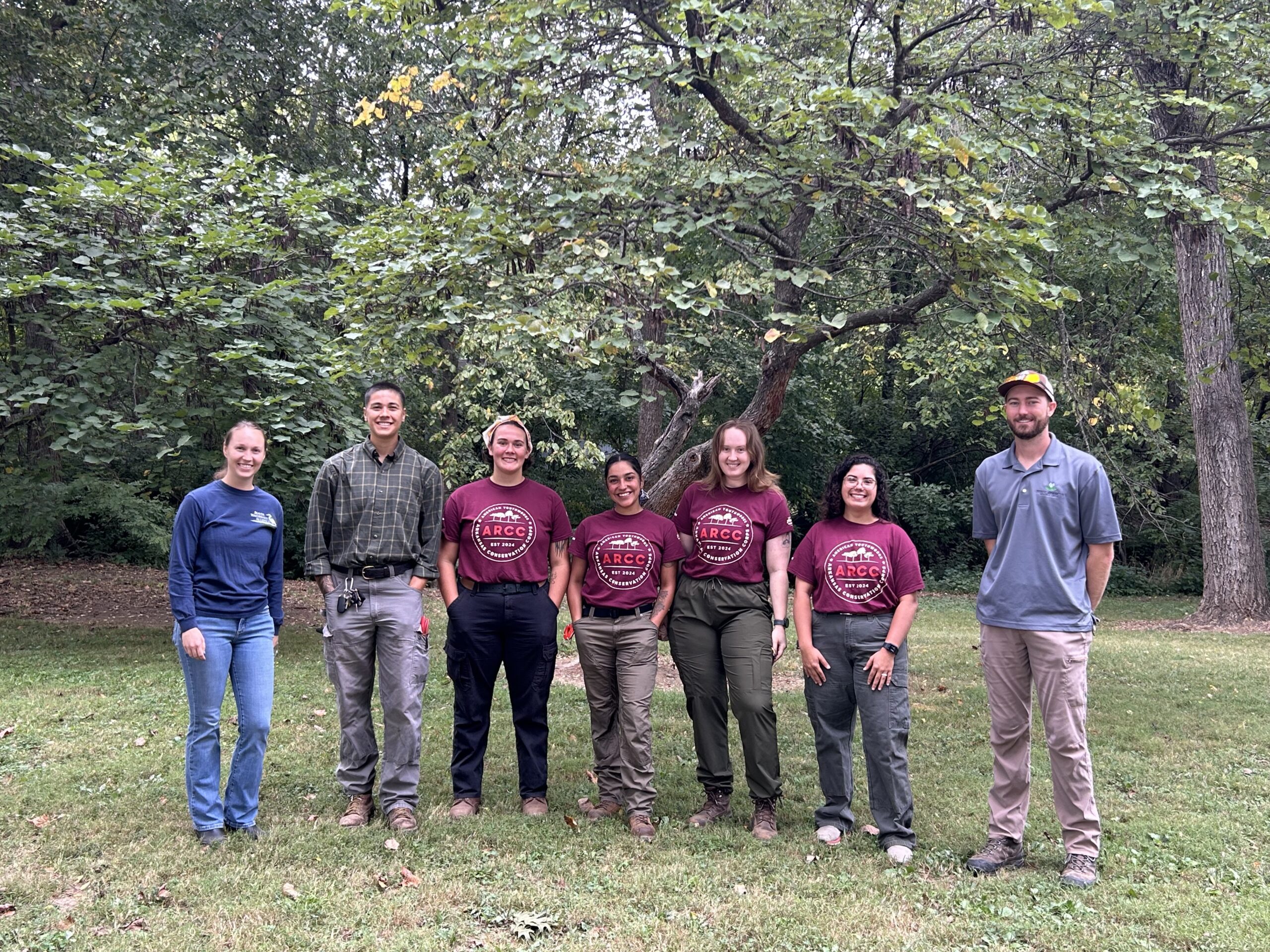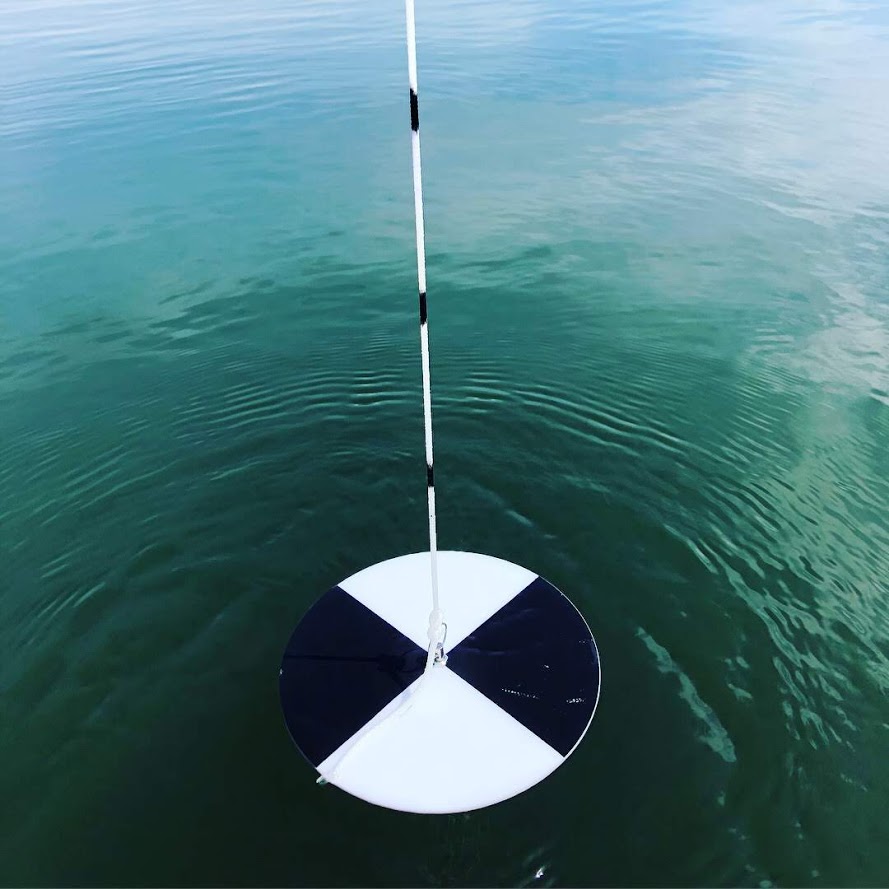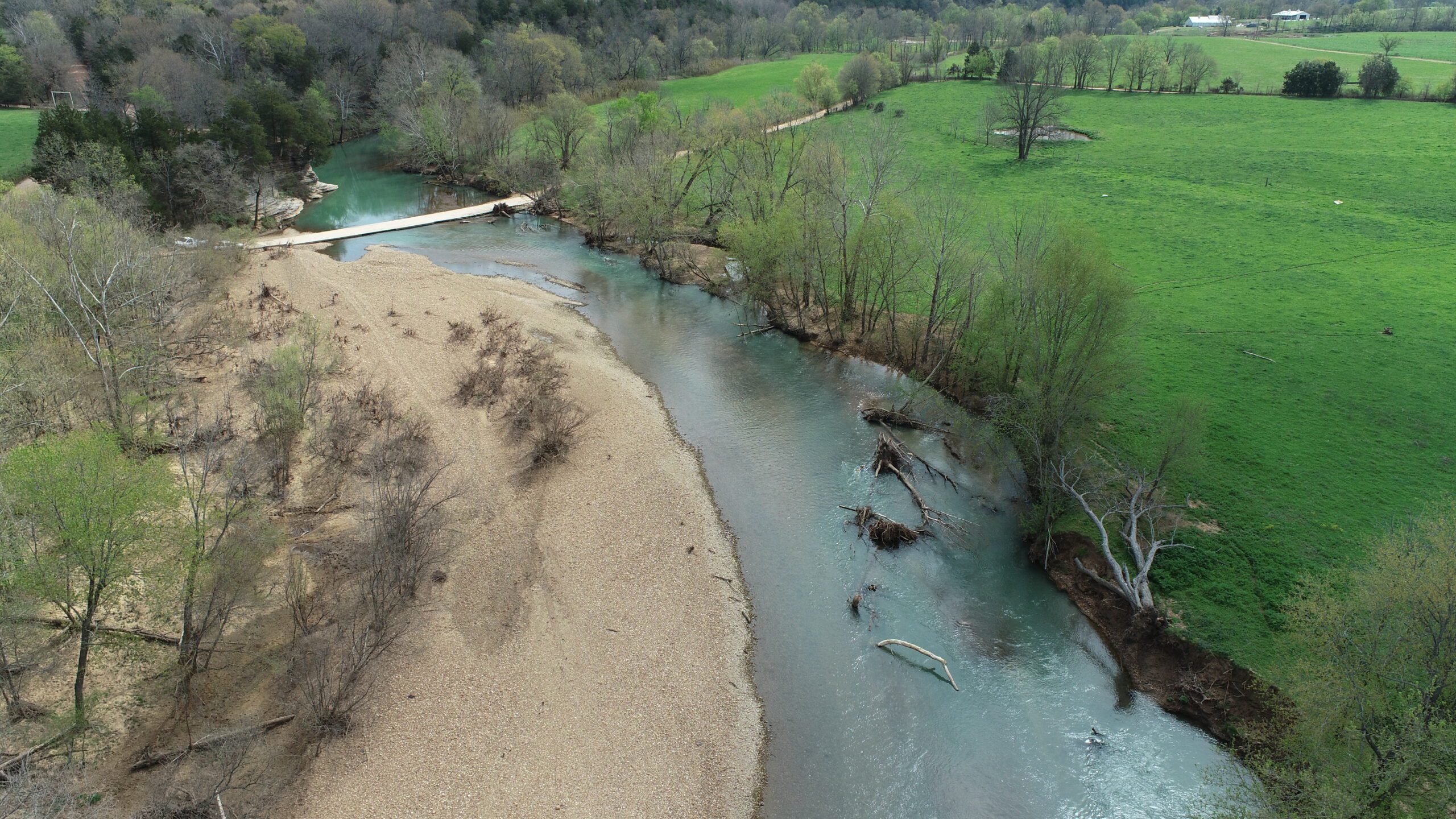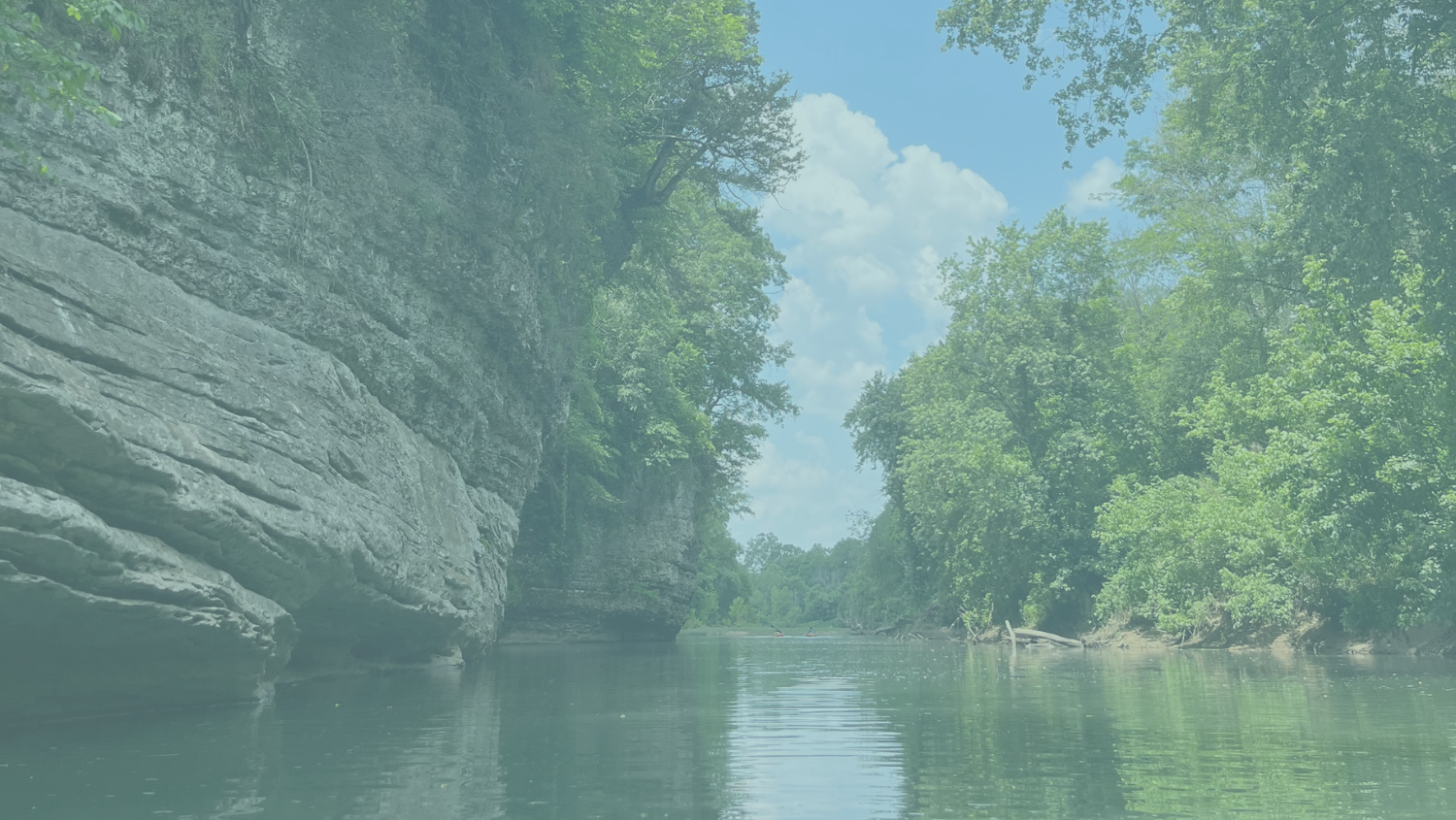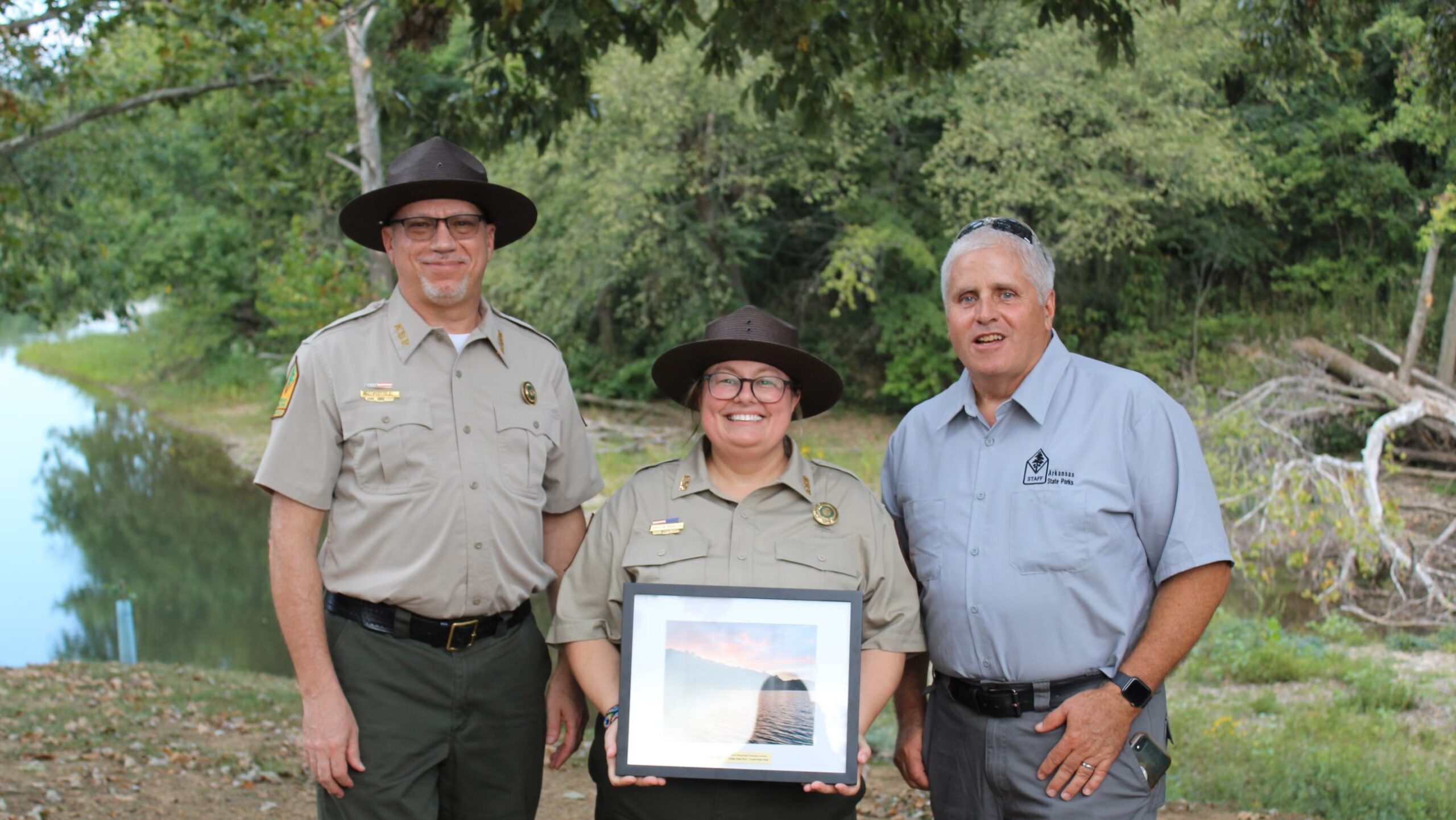To kick off 2024, we are reflecting on past initiatives and expressing the intention to begin the year with a focus on what it takes to continue to cocreate a resilient watershed area that protects Beaver Lake and its tributaries, through nature-positive actions that benefit both people and the environment, including wildlife. The term “nature-positive work” implies activities or efforts that contribute positively to the natural environment, emphasizing sustainability and conservation. The overall aim is to continue to foster a harmonious and productive relationship between human activities and the ecosystem surrounding Beaver Lake and its associated water sources.
Restoring and protecting the Beaver Lake watershed in Northwest Arkansas is a critical endeavor to ensure the health of this vital ecosystem. Decades of work and collaboration have led to many successes, and we aim to build on those. Collaborative partnerships with diverse stakeholders have been the cornerstone of success.
Watershed restoration involves a combination of ecological, hydrological, and community-based approaches to enhance water quality, biodiversity, and overall ecosystem resilience. In the case of Beaver Lake, which serves as the major drinking water source and supports diverse aquatic life, protecting and restoring its watershed requires a comprehensive strategy tailored to the unique challenges and opportunities in the region.
Tools for Success include:
- Understanding the Beaver Lake Watershed
- Community Engagement and Education
- Green Infrastructure Implementation
- Riparian Zone and Floodplain Restoration
- Wetland Restoration
- Urban Stormwater Management & Low Impact Development
- Wildlife Habitat Enhancement
- Monitoring and Adaptive Management
- Long-Term Sustainability and Public Involvement
Understanding the Beaver Lake Watershed:
Through the Beaver Lake Watershed Protection Strategy, the region has a tool to understand the watershed area. Before initiating efforts, a thorough understanding of the watershed is essential. The Strategy includes maps of the watershed’s topography, identification of key land uses, and an assessment of existing ecological conditions, estimated future scenarios, and recommendations for implementation. Recognizing the interconnections between various components, such as land, water, and vegetation, and how communities use the watershed is crucial for targeted restoration and watershed protection.
Community Engagement and Education:
Engaging the local community is integral to the success of watershed protection and restoration. Conducting workshops, educational programs, and outreach/stewardship activities can raise awareness about the importance of the watershed and garner community support. Collaborating with residents, businesses, and local organizations creates a sense of stewardship and shared responsibility for the watershed’s health.
Green Infrastructure Implementation:
Normalizing green infrastructure practices can significantly contribute to watershed restoration. This involves planting native vegetation along water bodies, creating buffer zones, and establishing green corridors to prevent soil erosion and filter pollutants. The Beaver Lake watershed is 70% forested; a healthy forest will ensure long-term, high-quality water resources. Land protection is a great tool for ensuring these areas are permanently protected. Prioritizing green infrastructure will enhance ecological resilience and support local wildlife, and provide multiple benefits to communities.
Riparian Zone and Floodplain Restoration:
Focusing on the restoration of riparian zones and connected floodplains is crucial for Beaver Lake. These areas along water bodies play a vital role in stabilizing banks, reducing sedimentation, and providing habitat for various species. Implementing measures such as reforestation and forest management, invasive species control, recreating natural vegetation in riparian areas and restoring streams and their banks will reduce sediment and nutrient loads to waterways and contribute to the overall health of the watershed.
Wetland Restoration:
Enhancing and restoring wetlands within the Beaver Lake watershed is essential. Wetlands act as natural filters, trapping pollutants, and improving water quality. Implementing wetland restoration projects can involve re-establishing hydrological connections, controlling invasive species, and promoting the growth of native wetland vegetation.
Urban Stormwater Management & Low Impact Development:
Managing stormwater runoff is critical in preventing pollution, erosion and flooding in the urban areas of the watershed. Implementing sustainable stormwater management practices, such as permeable pavements, detention/retention basins, green roofs, and rain gardens, can reduce the volume and velocity of runoff, minimizing its impact on water quality and communities.
Wildlife Habitat Enhancement:
The Beaver Lake watershed is home to a diverse array of wildlife. Restoring and enhancing habitats for native species, including fish, amphibians, bats and migratory birds, is crucial. This can be achieved through careful planning of restoration projects to ensure they align with the specific needs of the local fauna.
Monitoring and Adaptive Management:
Regular monitoring of water quality, vegetation health, and wildlife populations is vital for assessing the success of restoration efforts. Implementing an adaptive management approach allows for adjustments to be made based on ongoing monitoring data. This ensures that watershed management strategies remain effective and responsive to changing environmental conditions.
Long-Term Sustainability and Public Involvement:
The success of watershed restoration is contingent on long-term sustainability and continued public involvement. Collaborating with regulatory agencies, local governments, utilities, non-profit organizations and landowners is essential for implementing measures that protect and restore the Beaver Lake watershed. Fostering partnerships between government entities and private landowners, and encouraging sustainable land management and conservation practices will contribute to the lasting health of the Beaver Lake watershed. Several programs are in place to provide funding for private landowners and communities to reduce the costs for conservation, however, funding is still a necessary part to expand and reach goals at scale.
Overall, protecting and restoring the Beaver Lake watershed requires a holistic and collaborative approach that considers the unique characteristics of the region. By integrating community engagement, green infrastructure, riparian and wetland restoration, stormwater management, wildlife habitat enhancement, and ongoing monitoring, the Beaver Lake watershed can be revitalized, ensuring a sustainable and vibrant ecosystem for generations to come.
The Alliance is working with many partners and on several initiatives to accelerate these tools, however, we also want to recognize the many individuals, landowners and partners that are also working diligently to achieve these objectives and encourage anyone interested in watershed management to reach out.
We look forward to many more success stories in the coming year!
